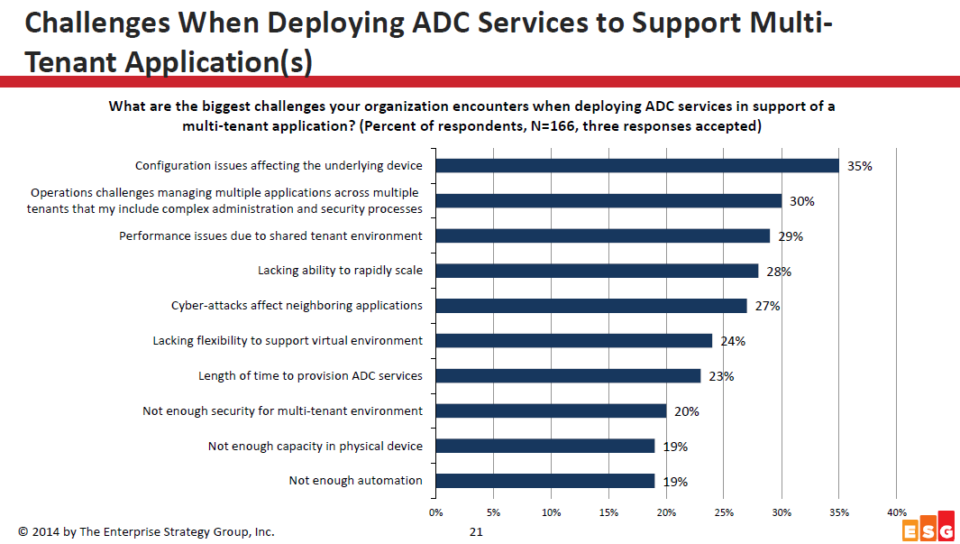Modern Analytics and End-to-End Visibility
Many Cloud Service Providers (CSP) and large enterprises struggle to deliver a commitment level for an application service. For a tenant, without a proper Service Level Agreement (SLA), it is impossible to manage an application for his or her own users.

Delivering SLA without first gaining end-to-end visibility for an application, user and network is asking for trouble. This has long been an area of contention and finger pointing between network and application teams. Solutions for monitoring application performance and SLA are expensive and the task is complex, requiring inserting hardware probes and/or integrating software agents into every application server.
The Case for Application Analytics
Application analytics provides deep insights into application, user and network behavior and the root cause of an SLA breach by capturing, analyzing and visualizing application metrics.
[You may also like: Application SLA: Knowing Is Half the Battle]
When deploying applications, particular attention is required to see when things are slowing, so proactive monitoring becomes critical. Not only is proactive monitoring and troubleshooting through actionable insights helpful in configuring the appropriate technical capability to address the issue at hand, this visibility into application performance is important in terms of cost saving. For example, to de-provision unused resources when not needed or to mitigate an attack in progress.
An SLA breach may be due to device outage or configuration issues, problems of access from a particular geography, a specific device type, a particular data center, or something in between. Other reasons may be SSL handshake issues or security attacks that impacting application performance due to a lack of resources. It is important to know these issues before they become a business disruption.

In a multi-tenant environment, if the environments are not segregated, tenants may start competing for shared resources during peak utilization. In an environment where tenants share resources, a potential spike in resource consumption or a wrong configuration change of a single tenant may affect all other tenants – severely impacting an application’s SLA and availability.
End-to-End Visibility
Application Delivery Controllers are at the intersection of the network and applications. ADCs act as sensors to changing user demands of the applications – for example, detecting increased user latency or a lack of available application resources, or reaching a throughput limit, or outage of a specific service or a security attack in progress.
[You may also like: 6 Must-Have Metrics in Your SLA]
In order to detect any application performance issues in real-time before your customers experience them, it is essential to have an end-to-end monitoring capability that provides actionable insights and alerts through visualization. The ADC can act upon this telemetry to trigger automation and orchestration systems to program the applications or the network elements as needed.
Prakash Sinha
Prakash Sinha is a technology executive and evangelist for Radware and brings over 29 years of experience in strategy, product management, product marketing and engineering. Prakash has been a part of executive teams of four software and network infrastructure startups, all of which were acquired. Before Radware, Prakash led product management for Citrix NetScaler and was instrumental in introducing multi-tenant and virtualized NetScaler product lines to market. Prior to Citrix, Prakash held leadership positions in architecture, engineering, and product management at leading technology companies such as Cisco, Informatica, and Tandem Computers. Prakash holds a Bachelor in Electrical Engineering from BIT, Mesra and an MBA from Haas School of Business at UC Berkeley.
*** This is a Security Bloggers Network syndicated blog from Radware Blog authored by Prakash Sinha. Read the original post at: https://blog.radware.com/applicationdelivery/2019/07/modern-analytics-and-end-to-end-visibility/






